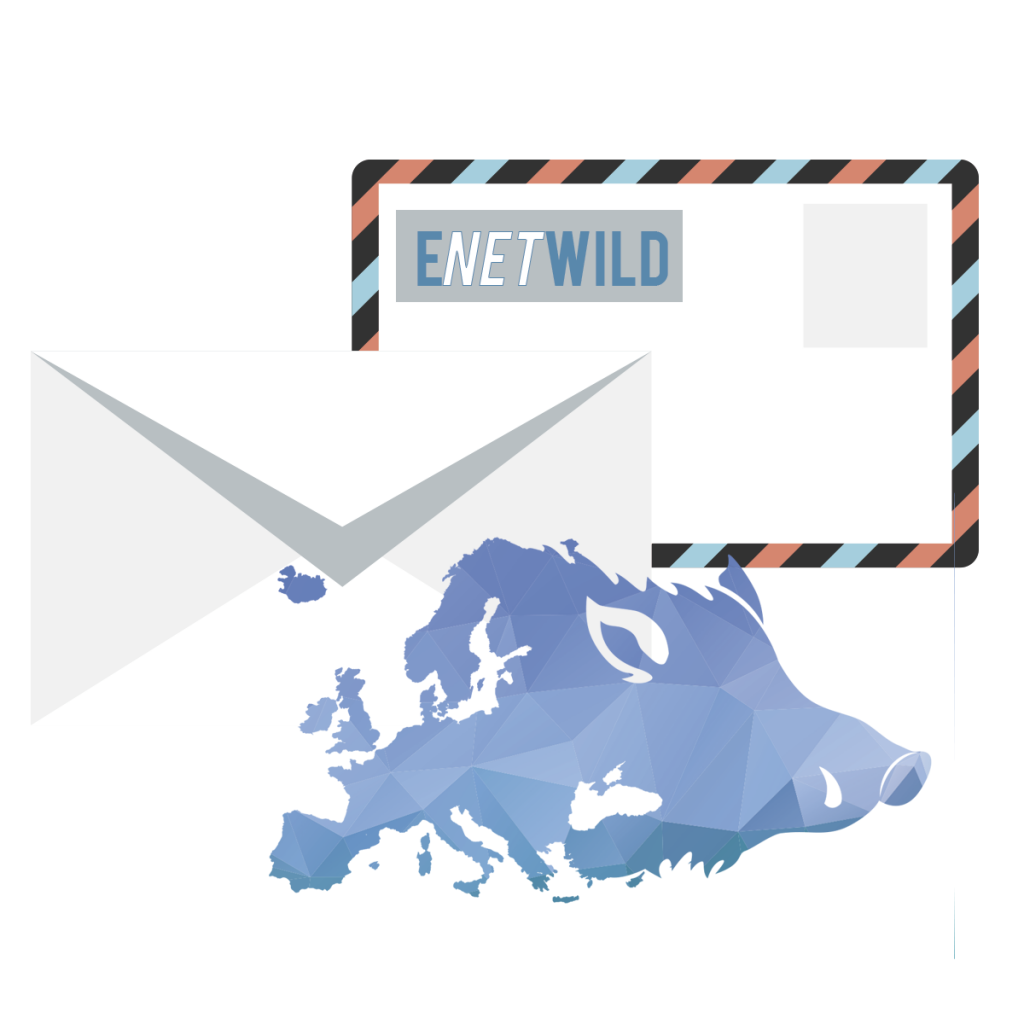Subscribe to our Newsletter

It is possible to try different options
If when you click on the icon a new window opens and a list of files appears, then try to download all the files together by clicking on the button at the top left of the window (download / descarga).
For Mac it is required to install an application to open zip documents.
You can try using one of these free applications
IZIP
Request files to your Regional Partner on web
Some versions of excel can disconfigure the links inside the WBDM file.
In order for this menu to be activated, you must first select the country to which the data belongs
No, we are also interested in obtaining information about presences (sightings, photographs, road accidents, etc.), absences (places where there is no wild boar) or density data obtained from a proven methodology.
No, density data should indicate the number of animals by surface. So, if it is not possible to transform to density then this information could be used to fill WBDM occurrence model. Also could be useful to record absence data including effort performed. If data do not meet the requirements of the most restrictive model (WBDM_hunting, WBDM_density), they may be appropriate to fill the occurrence model (WBDM_occurrence).
This type of data is of great value to the project. If adequate sampling has been done and effort is reported, absence data can be very useful. If possible, we recommend that you indicate which other species (mammals) have been recorded when the wild boar was not detected.
At the moment, we are interested in any data from 2014 to the present date. But this data collection will continue in the future to update the information.
Yes, it is possible and recommended, so you will spend less time preparing the data. Make sure that the codes for each hunting ground indicated in the shapefiles correspond to the codes for each ground in the Excel cell (Shape file ID). So that we can properly relate both informations.
Avoid pooling information from multiple animals in a single record.
You can use two options;
1) For each animal, in each year or study period select a random position
2) For each animal studied, enter the polygon to which the championship area refers, indicating the number of locations used.
For each camera, in each year or study period select if wild boar is present or absent.
We recommend, indicate the number of days/nights the cameras has been working.
If possible also include the number contacts.
Alternatively, If precise location of cameras were not recorded, it is possible to include a polygon shapefile of the whole studied area, indicating if wild boar was present or not and including the sampling effort (e.g. nº camera-night activate)
If you don’t find the answer to your question. Please, ask your question in the ENETWILD HelpDesk.
